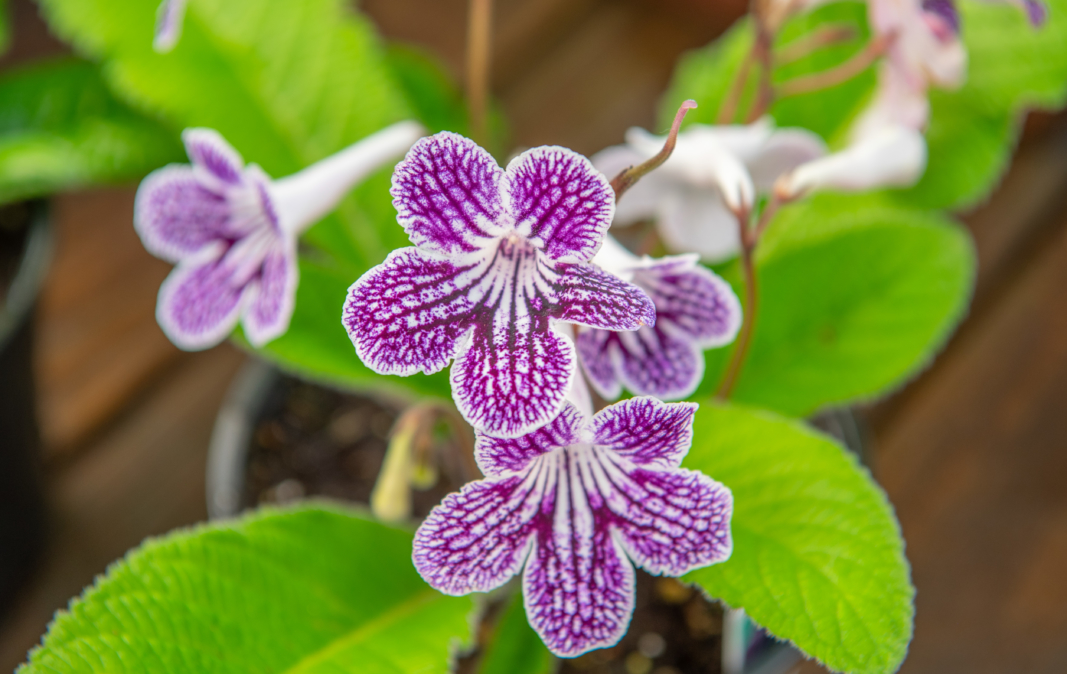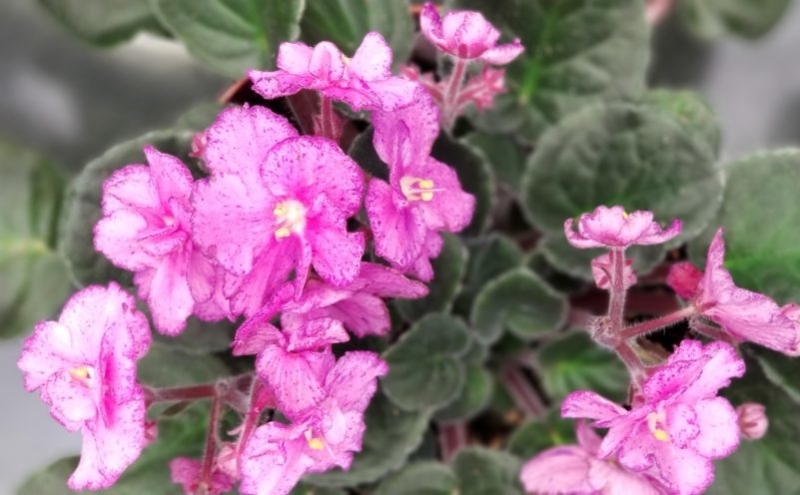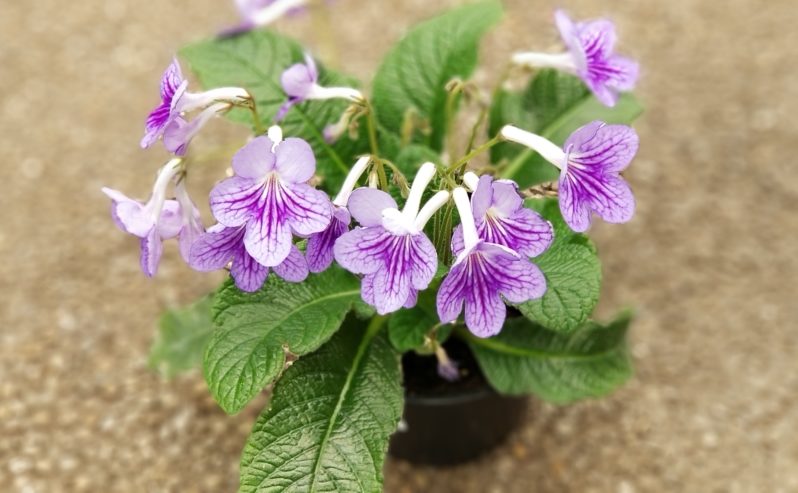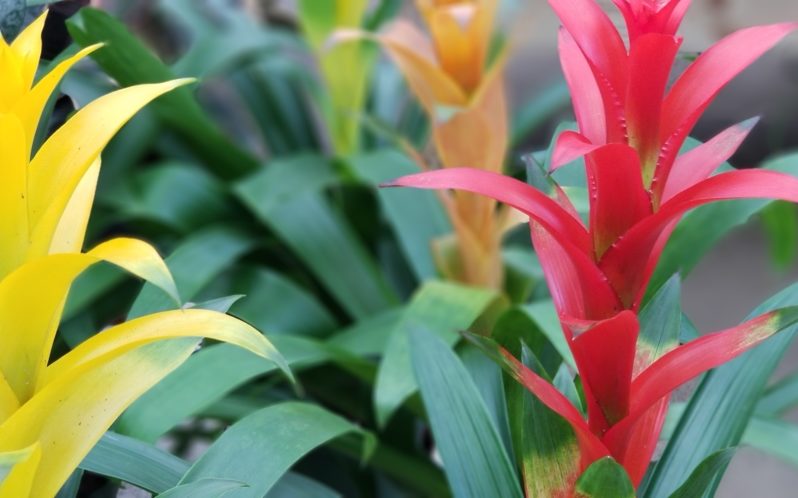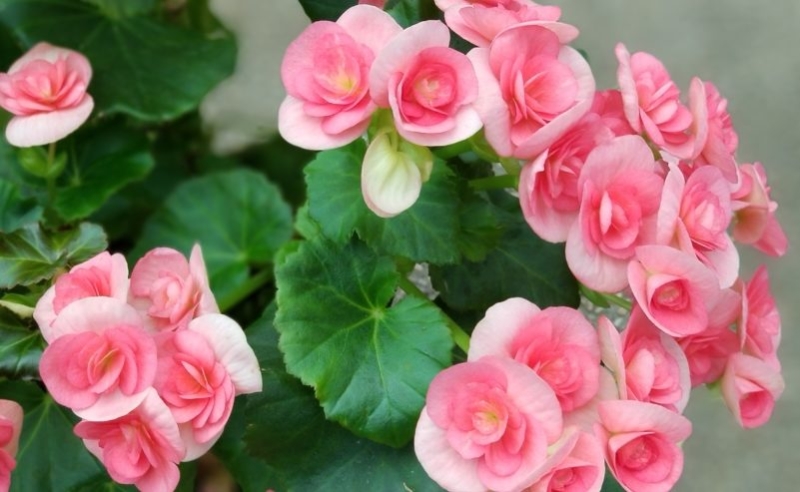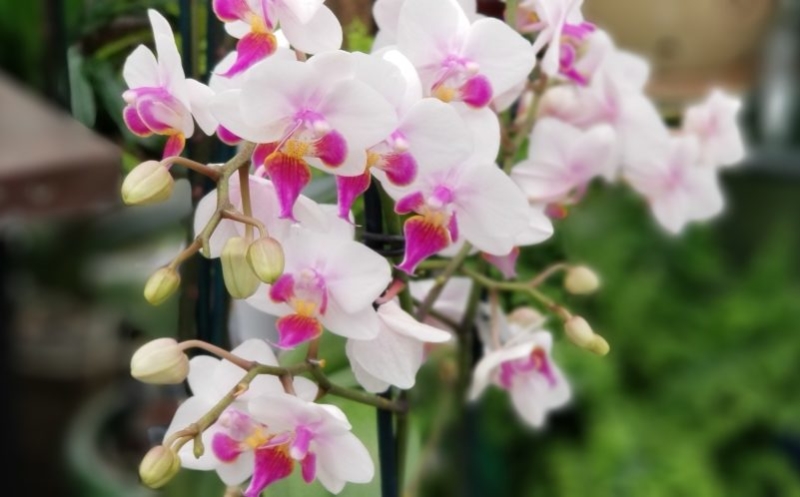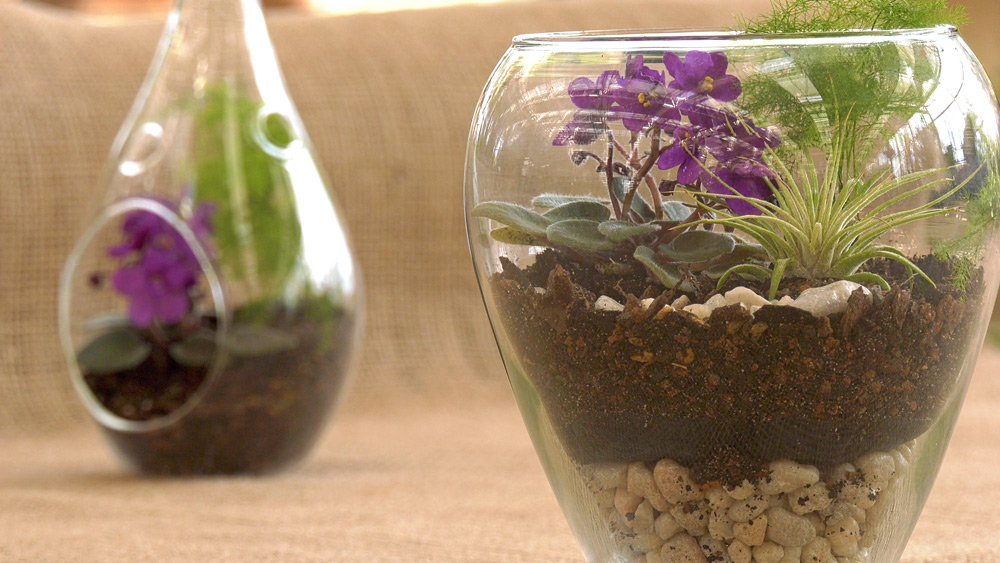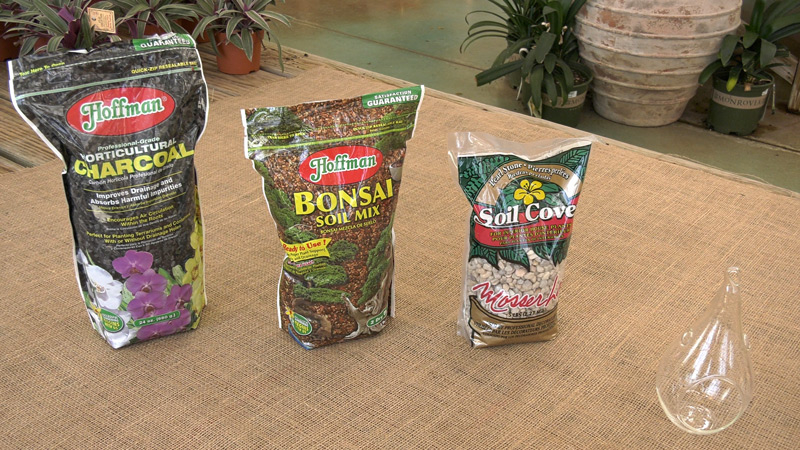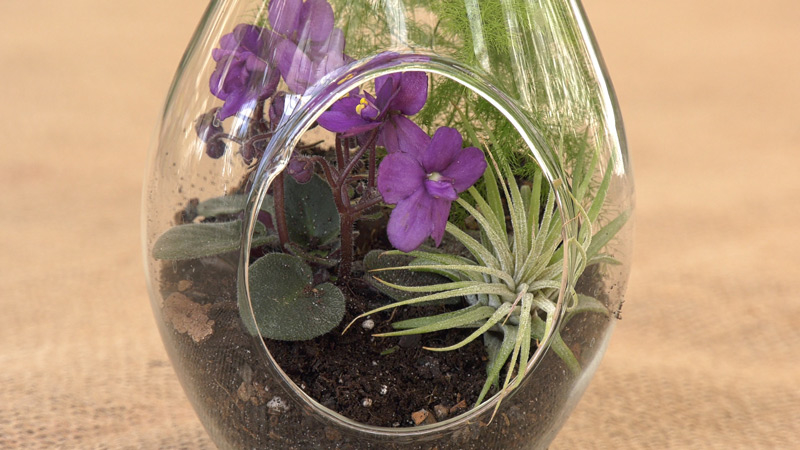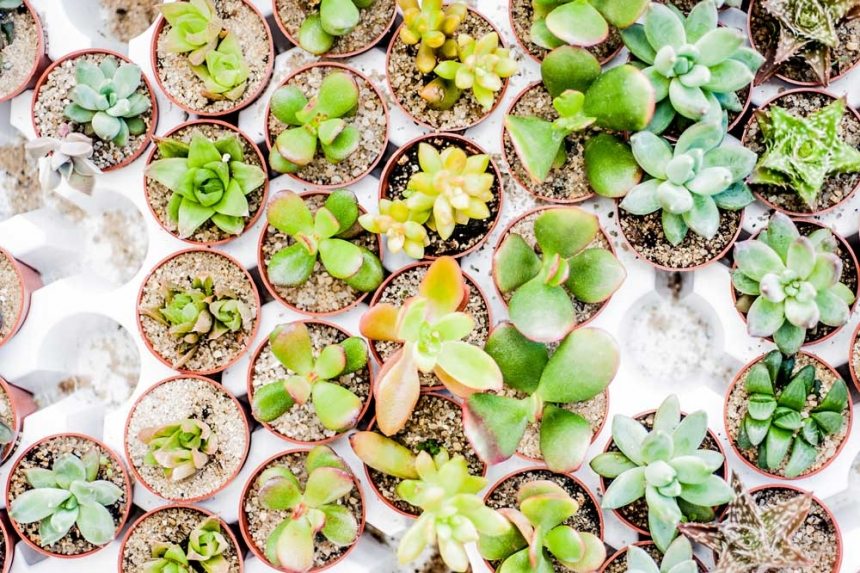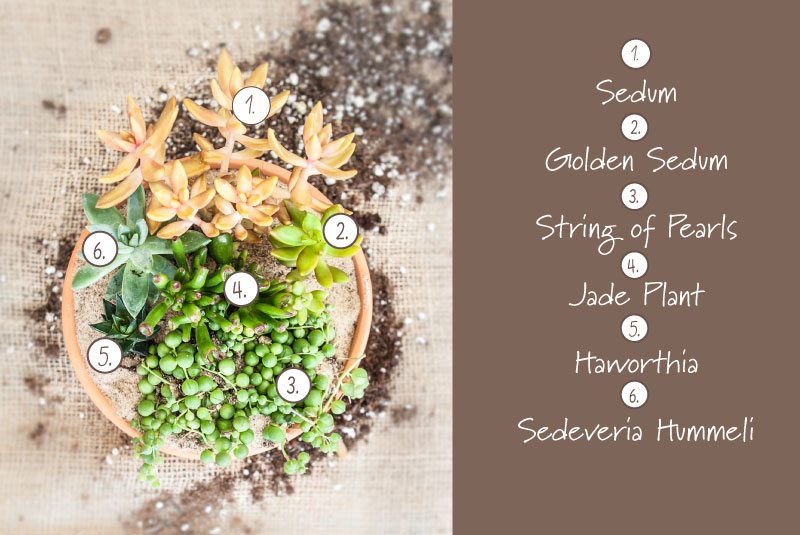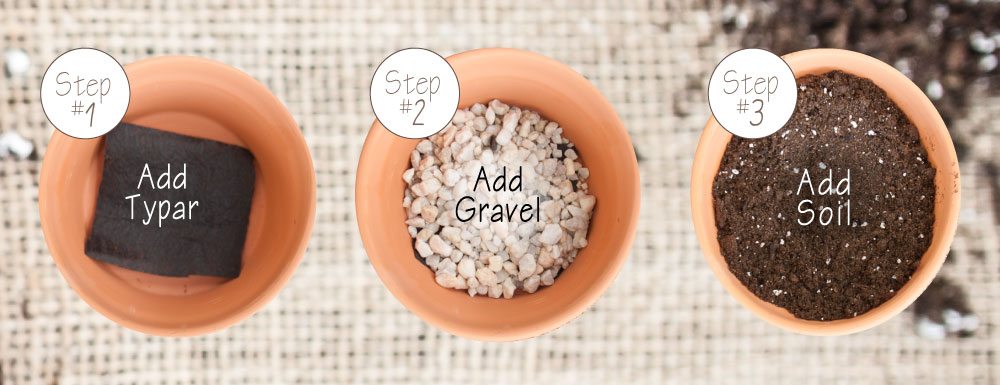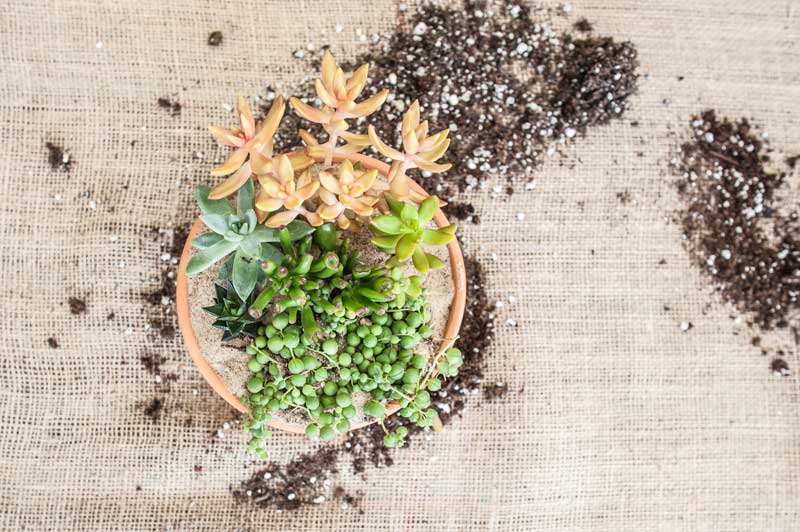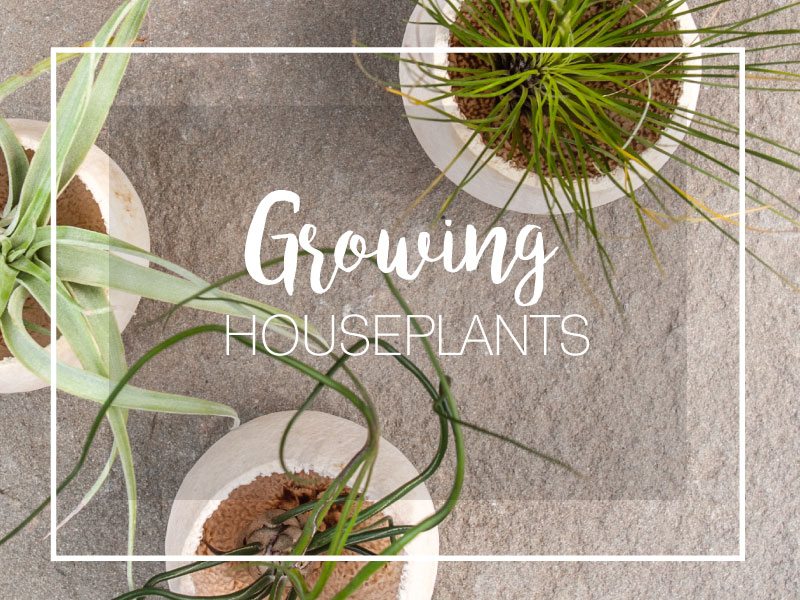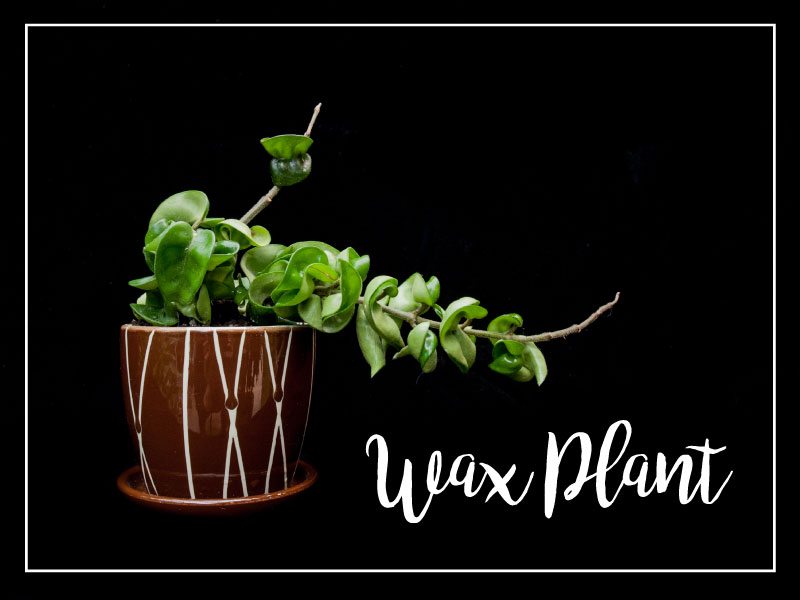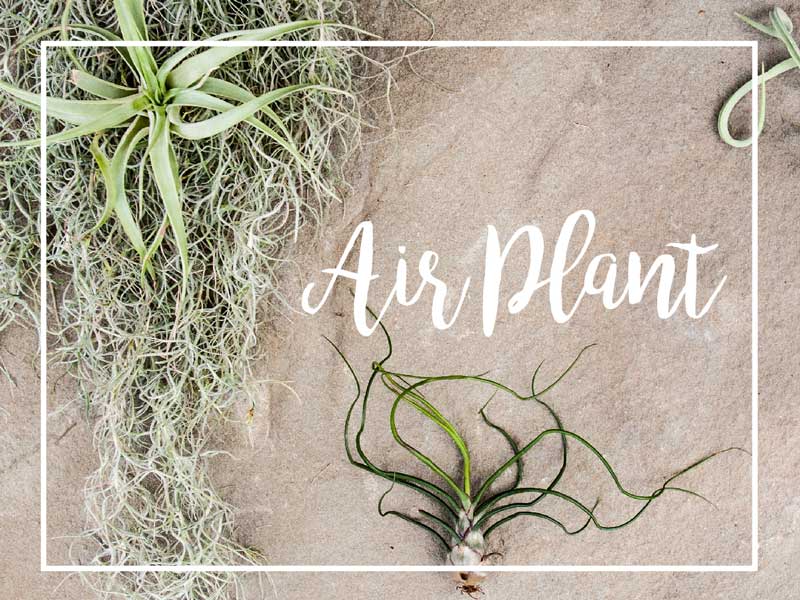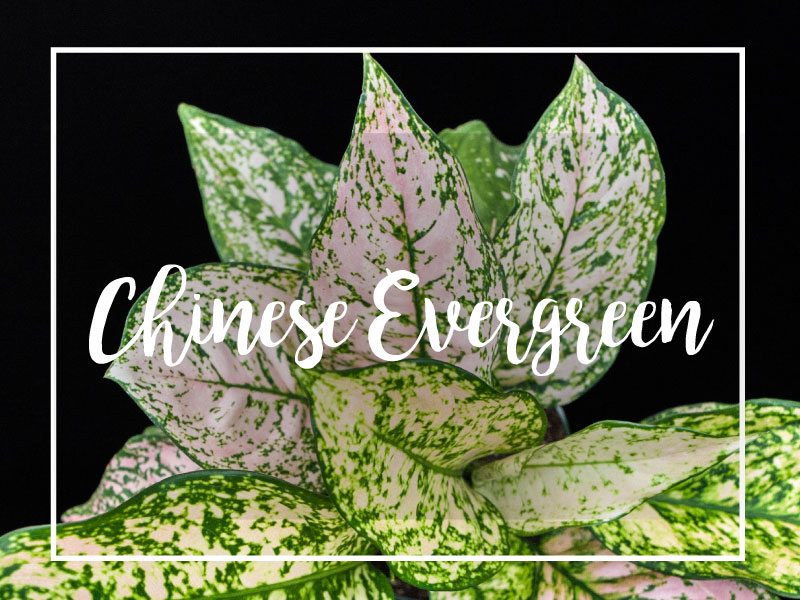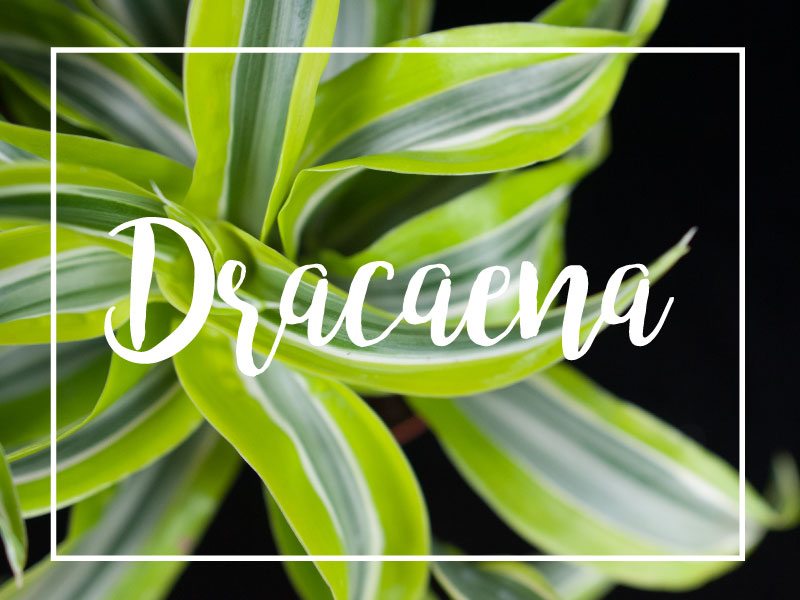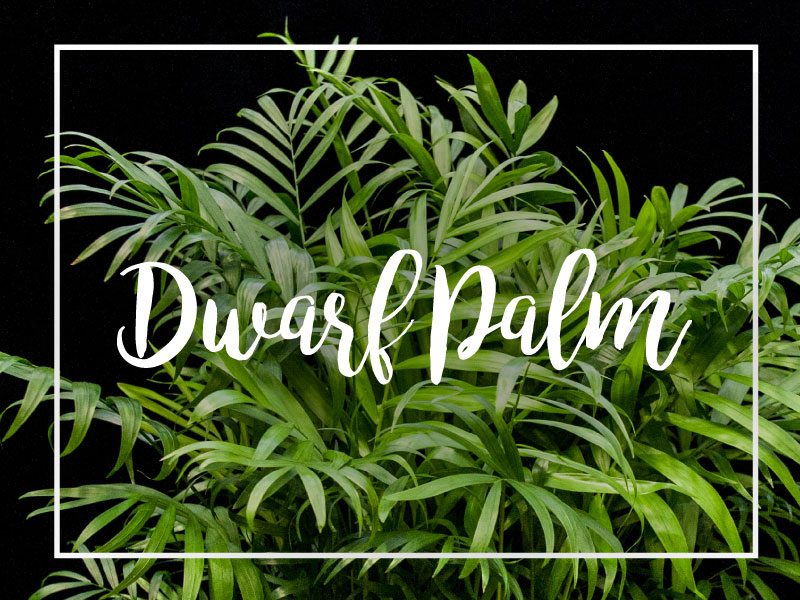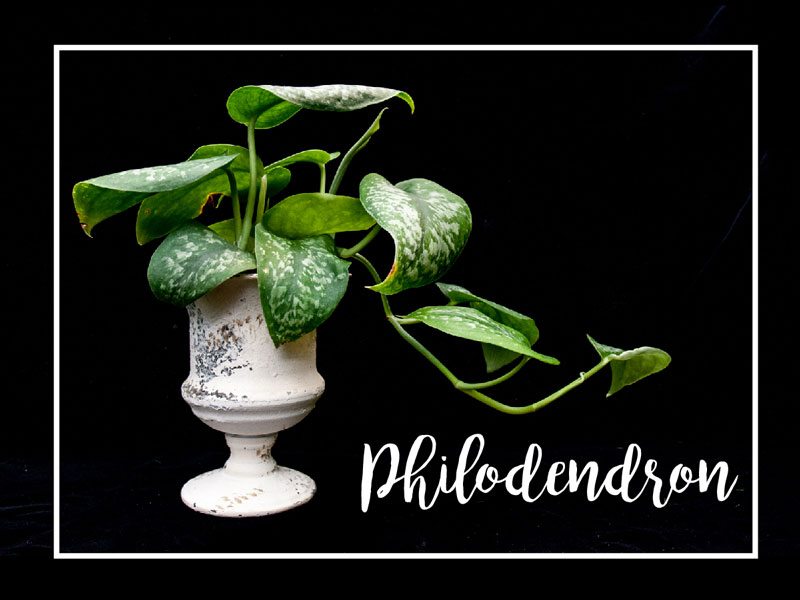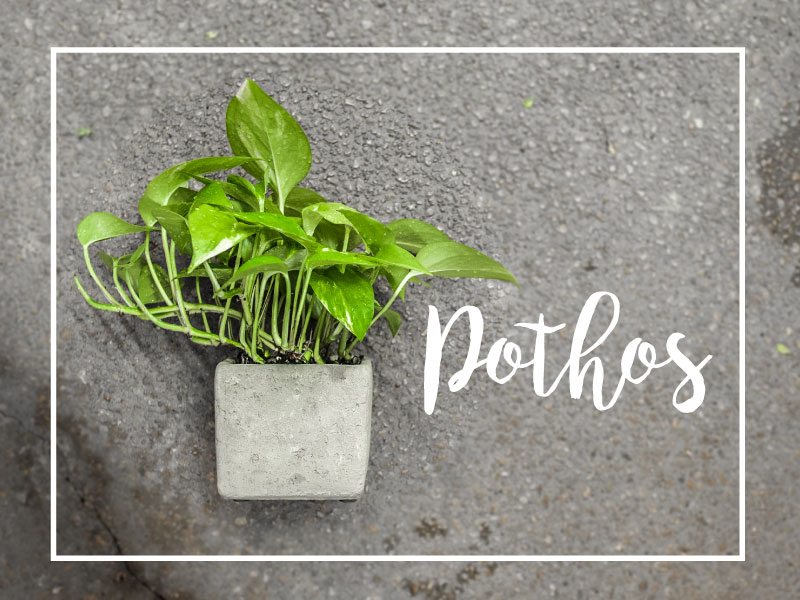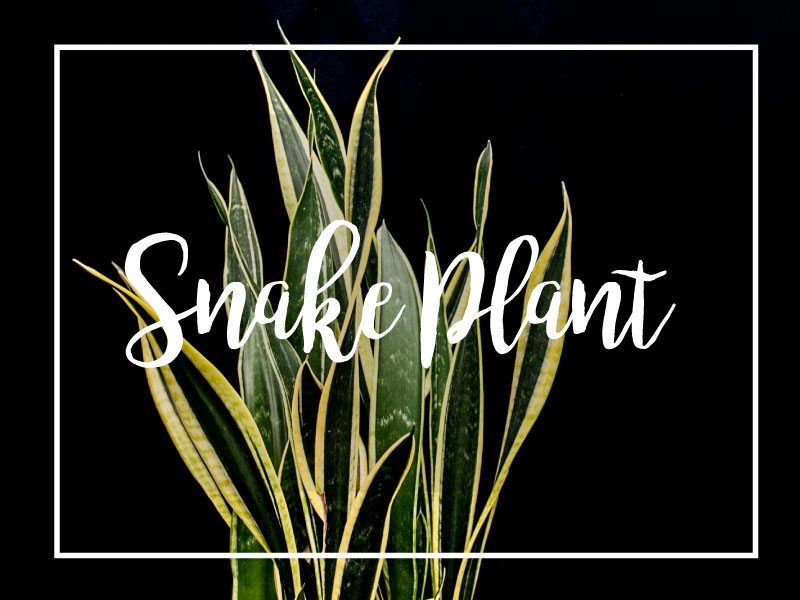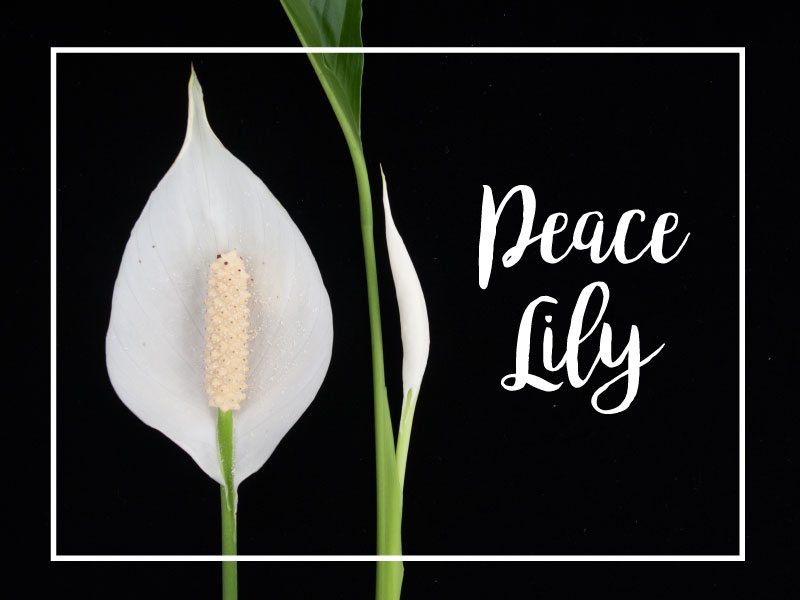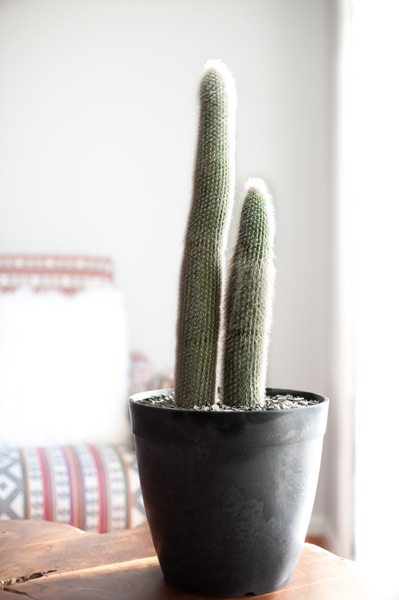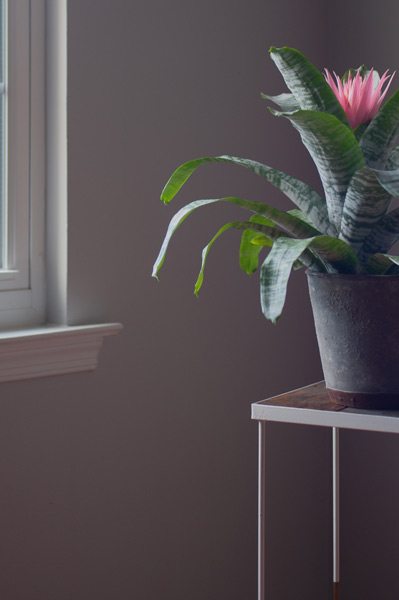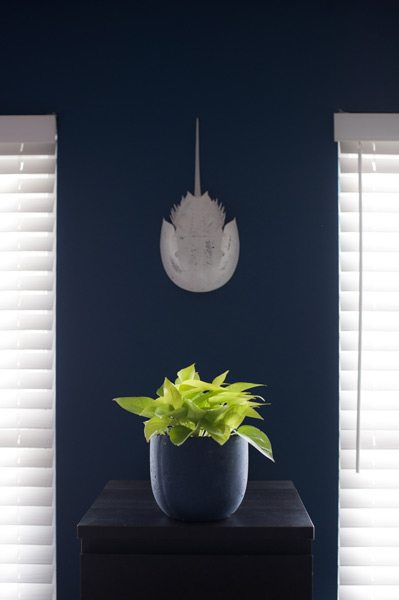5 Flowering Houseplants to Brighten Up Your Winter
It’s cold outside, and in the middle of winter many of us find ourselves spending more time looking out our windows at a garden fast asleep. This season can be a peaceful time, but if you are longing for a vibrant pop of color to break up the drab browns and grays of the season, consider adding any of these blooming houseplants to your space.
African Violet
With long-lasting flowers that appear year-round, the colorful African violet is an easy-to-grow choice for anyone looking to add some color to their home. Flowers come in white, pink, purple or blue, and some may be bi-color or variegated.
- Light: Bright, indirect light. Also grows well under a fluorescent light when it has enough exposure.
- Humidity: Place your plants on a tray of moist pebbles or under your humidifier during the dry winter months.
- Water: Let them dry out a little between watering. Use temperate water to prevent spotting on the leaves (as we like to say, no one likes a cold shower).
Streptocarpus
A member of the same family as the African violet, Streptocarpus is similar in appearance and has many of the same qualities. With blooms coming in a variety of colors in sprays above the foliage, anyone can add this plant to their home for a pop of color in the winter.
- Light: Morning or soft afternoon light is best for Streptocarpus
- Humidity: This plant is well suited to normal house conditions.
- Water: Let the plant dry a bit between waterings, and water with lukewarm or tepid water.
Bromeliad
These bold, tropical plants develop flower spikes in a wide range of sizes, shapes and colors that bloom freely throughout the year. Bromeliads have no stem – instead, their leaves form a tight rosette which collects water for the leaves to absorb. Their roots are used primarily for anchoring to surfaces, since nutrients can be absorbed through the leaves.
- Light: Most prefer either bright indirect light or several hours of direct sun.
- Humidity: Place your plant on a tray of moist pebbles or under your humidifier during the dry winter months.
- Water: The rosette needs to remain full of water. Empty the rosette periodically to prevent the water from becoming stale. Roots should be kept moderately moist as we
Begonia
You can find these showy plants in bloom at just about any time of year. With glossy, round leaves and blooms that can be as large as 2 inches across, this is a great flower to introduce vibrant color into any home during the winter season.
- Light: Prefer bright, indirect light.
- Humidity: Plants need good air circulation to prevent diseases.
- Water: Keep the soil moist, but not soggy, when plants are in flower. Allow to dry slightly between waterings.
Orchid
With beautiful blooms that can last for weeks, orchids are a classic favorite among houseplants. Intricate blooms come in a seemingly endless variety of colors, sizes and shapes.
- Light: Prefer bright, indirect light. If needed, place under a fluorescent grow bulb.
- Humidity: Orchids need between 50% and 70% humidity. To achieve this, you can either place the plant on a tray of gravel filled partially with water or mist the plants. Just be sure to mist them in the morning so that the leaves are dry by night time.
- Water: Orchids are very sensitive to overwatering and are often planted in coarse, very well drained bark, moss or potting mix. Water only when the ground media begins to feel slightly dry, and then water thoroughly.


